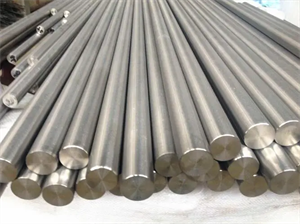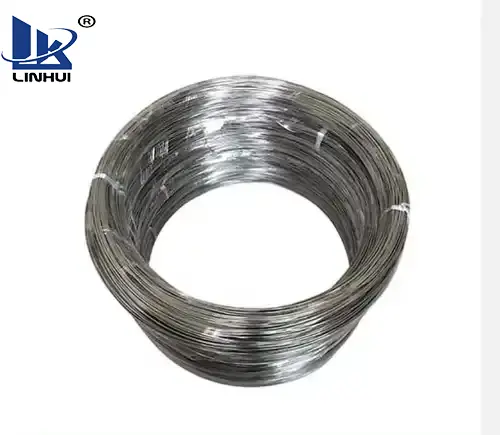How to identify the quality of titanium rods?

When purchasing titanium rods, there are several key points below that may help you.
1. Fake and inferior titanium rods often have pitted surfaces on the surface.
Pockmarking is a defect in the surface of the titanium material that is irregular and uneven due to severe wear and tear in the rolling grooves. Because manufacturers of fake and inferior titanium rods seek profits, groove-rolling overruns often occur.
2. Fake and inferior titanium rods are easy to scratch. The reason is that the fake and inferior titanium rod manufacturers have poor equipment and are prone to burrs and scratches on the surface of the titanium material. Deep scratches reduce the strength of titanium.
3. The transverse ribs of fake and inferior titanium rods are thin and low, and they often appear to be underfilled. The reason is that to achieve a large negative tolerance, the manufacturer's reduction in the first few passes of the product is too large, the iron shape is too small, and the hole pattern is underfilled.
4. Fake and inferior titanium rods are prone to folding.
Folds are various fold lines formed on the surface of titanium rods. This defect often runs throughout the longitudinal direction of the product. The reason for folding is that shoddy manufacturers pursue high efficiency and the reduction is too large, causing ears. Folding occurs during the next rolling process. The folded product will crack after bending, and the strength of the titanium material is greatly reduced.
5. The surface of fake and inferior titanium rods is prone to scarring.
There are two reasons: (1) The raw materials of fake and inferior titanium rods are uneven and have many impurities. (2) The equipment of fake and inferior material manufacturers is simple and easy to stick to titanium. These impurities are prone to scarring after rolling.
6. The surface of fake and inferior materials is prone to cracks because its raw material is adobe, which has many pores. The adobe is subject to thermal stress during the cooling process, causing cracks, and cracks will appear after rolling.
7. Fake and inferior titanium rods have no metallic luster and are light red or similar to pig iron.
There are two reasons: its raw material is adobe. The rolling temperature of fake and inferior materials is not standardized, and their titanium temperature is visually inspected. In this way, rolling cannot be carried out according to the regular austenite area, and the performance of the titanium materials will naturally not be qualified.
8. The cross-section of fake and inferior titanium rods is oval.
The reason is that to save materials, the titanium rod manufacturer has reduced the first two passes of the product roller to too large. The strength of this threaded titanium is greatly reduced, and it does not meet the specifications for the outer dimensions of threaded titanium.

















